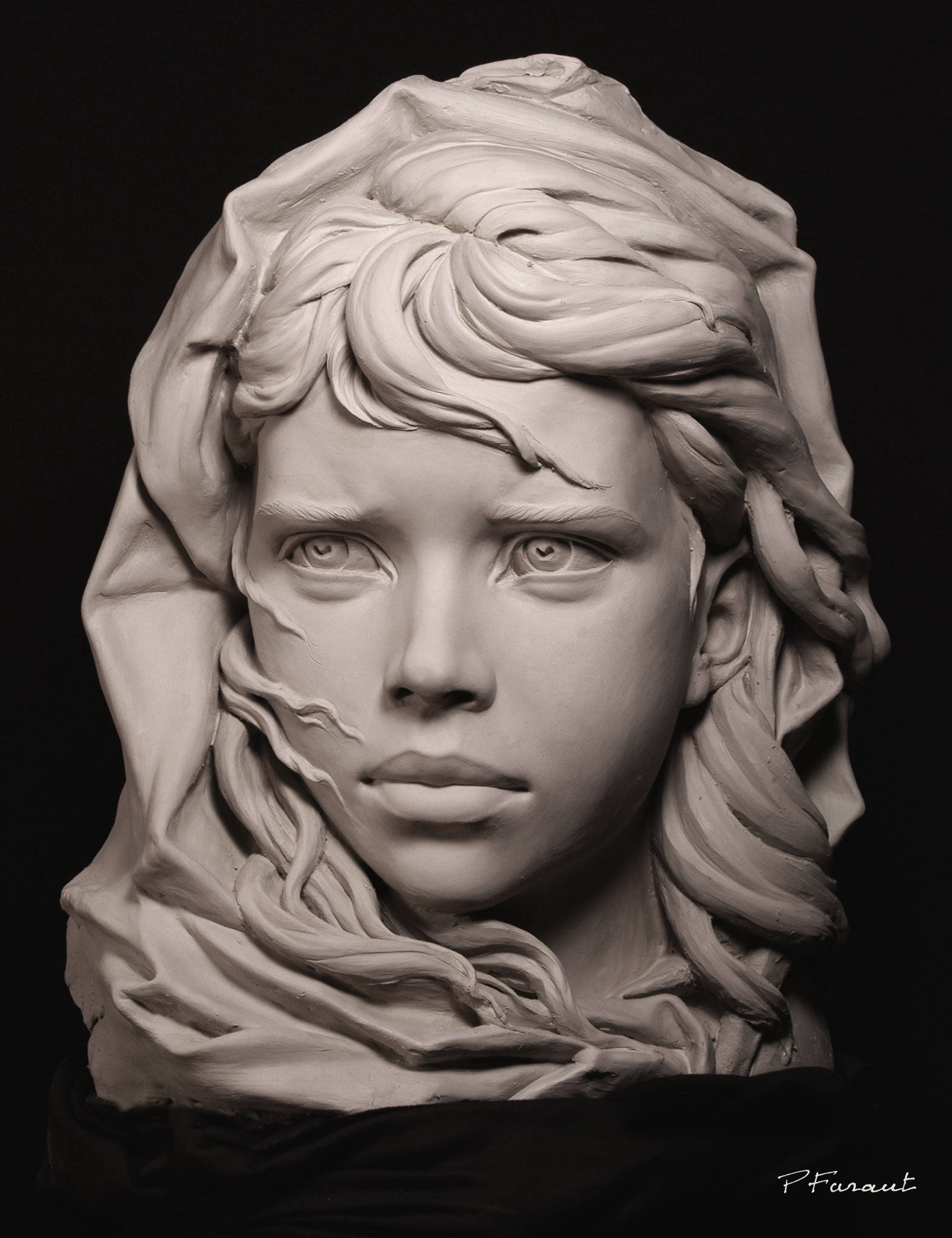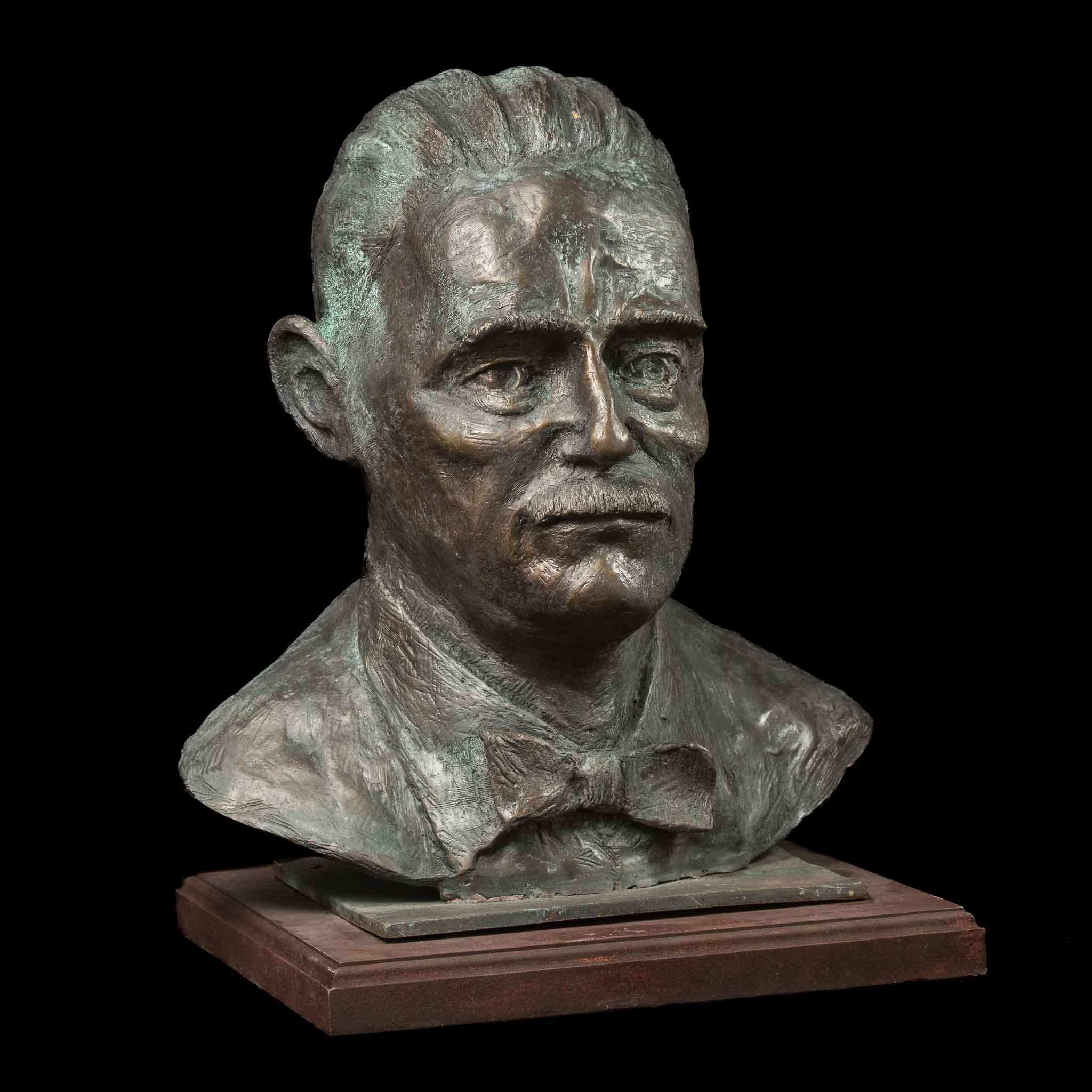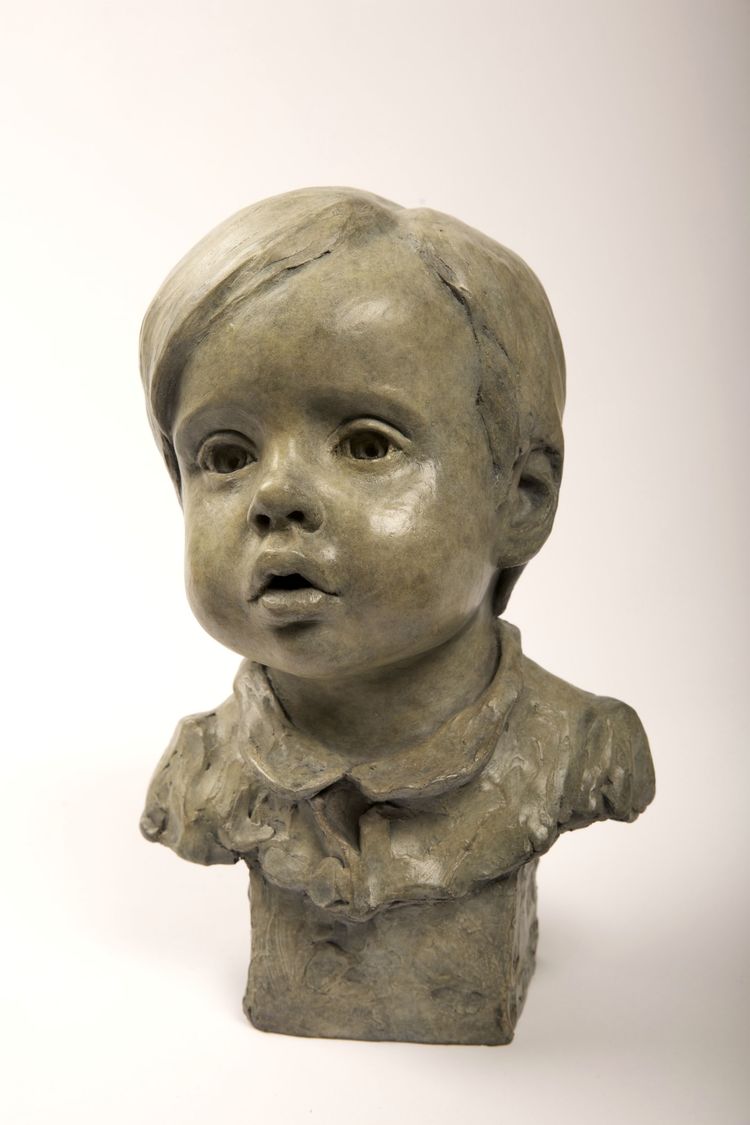Bronze Sculptures: Timeless Artistry Cast in Bronze
Wiki Article
Sculpting the Human Form: Portrayals of the Body in Sculpture
Sculpting the Human Form: Portrayals of the Body in Sculpture is a comprehensive expedition of the artistic representation of the human body throughout background. From the charming marble sculptures of ancient Greece to the complex masterpieces of the Renaissance, from the elaborate and flamboyant Baroque and Rococo sculptures to the progressive and abstract expressions of contemporary and contemporary sculpture, this event uses a fascinating trip via the development of this timeless art form.Ancient Greek Sculptures

One of the defining characteristics of Ancient Greek sculptures is their focus on symmetry. Each component of the body is carefully crafted to be in percentage to the entire, developing a sense of equilibrium and consistency. The carvers paid mindful interest to every information, from the positioning of muscular tissues to the positioning of arm or legs, making certain that each figure appeared both graceful and effective.
Instead than illustrating the imperfections and problems of the human form, they looked for to produce an idyllic variation of reality. The sculptures typically depicted gods, athletes, and sirens, with their bodies shaped to perfection.
Renaissance Masterpieces
Continuing the exploration of the portrayal of the human kind in sculpture, Renaissance masterpieces better improve the idealized idea of appeal, structure upon the unified and in proportion percentages of their Ancient Greek precursors. During the Renaissance period, which extended from the 14th to the 17th century in Europe, musicians looked for to revive the timeless perfects of ancient Greece and Rome. They examined and imitated the jobs of the old masters, pursuing a practical depiction of the body.
His work of art, the sculpture of David, exhibits the perfection and poise that came to be identified with Renaissance art. Standing at over 17 feet tall, the sculpture depicts the scriptural hero in a state of tranquility prior to his fight with Goliath.
Another remarkable Renaissance artist was Donatello. His sculpture of Saint George, produced in the early 15th century, showcases the artist's capacity to communicate toughness and the aristocracy via the human kind. The sculpture illustrates the legendary dragon-slaying saint in a positioned and positive position, radiating a sense of heroism.
Renaissance work of arts not just celebrated the physical charm of the human body however likewise shared much deeper feelings and meanings. Through their meticulous focus to detail and knowledgeable craftsmanship, Renaissance carvers elevated the art of sculpture to brand-new elevations, leaving an enduring legacy that proceeds to influence musicians to this day.
Baroque and Rococo Sculpture
Rococo and baroque sculpture exhibits the ornate and lavish portrayal of the human form during the 17th and 18th centuries. Characterized by its vibrant and dramatic design, Baroque sculpture aimed to astound audiences through its magnificence and psychological strength. Musicians such as Gian Lorenzo Bernini and Alessandro Algardi produced sculptures that communicated activity, frequently portraying numbers in dramatic poses. Making use of light and darkness better boosted the sense of drama, developing a staged result.
Rococo sculpture, on the other hand, became a reaction to the grandiosity of the Baroque period. It accepted an extra fragile and spirited strategy, concentrating on detailed designs and decorative details. François Boucher and Jean-Baptiste Pigalle were prominent Rococo carvers who crafted jobs identified by their style and beauty. They often depicted figures in sensual and elegant positions, reflecting the easy going and wayward nature of the Rococo style.
Both Rococo and baroque sculpture positioned a great focus on the human kind, commemorating its beauty and revealing a range of feelings - Contemporary Sculptures. Whether it was the effective and vibrant figures of the Baroque or the graceful and charming figures of the Rococo, these sculptures captured the significance of the human experience, leaving an enduring effect on the art globe
Modern and Contemporary Sculpture
The development of forming the human kind proceeds in modern-day and modern sculpture. With the arrival of brand-new materials and methods, musicians have pressed the boundaries of representation, challenging typical concepts of form and charm. Modern sculpture arised in the late 19th century as an action to the altering political and social landscape. Artists such as Auguste Rodin and Constantin Brancusi sought to capture the essence of the human form, stressing feeling and motion. Rodin's "The Thinker" and Brancusi's "Bird precede" are famous examples of this duration.In the 20th century, the rise of abstraction and theoretical art brought new opportunities for artists. Musicians like Henry Moore and Barbara Hepworth checked out the connection between type and space, developing natural and abstracted figures that challenged typical concepts of depiction. Moore's significant bronze sculptures and Hepworth's sculpted rock jobs are commemorated for their ingenious use products and their capacity to stimulate a sense of the body in a non-literal way.
Contemporary sculpture continues to push the limits of representation and discover brand-new products and strategies. Musicians like Antony Gormley and Ron Mueck develop hyper-realistic sculptures that test our understanding of the human body, while others, such as Louise Bourgeois and Kiki Smith, make use of the body as an allegory for personal and cumulative experiences. The human kind continues to be a powerful subject in sculpture, supplying a platform for musicians to explore identity, feeling, and the human problem.
Social Viewpoints on the Human Body

In the exploration of shaping the human kind, the examination of cultural viewpoints on the human body reveals a diverse and abundant tapestry of analyses and representations. Throughout background, different societies have held unique ideas and values regarding the human body, resulting in distinctive creative expressions - Equine Sculptures. These cultural point of views form the way the human body is depicted and viewed in sculpture, mirroring societal norms, religions, and visual ideals
As an example, ancient Greek sculptures celebrated the idealized human kind, stressing physical beauty and athleticism. The sculptures represented gods, heroes, and professional athletes with completely proportioned bodies, personifying the Greek principle of physical excellence. In contrast, ancient Egyptian sculptures concentrated on the conservation of the body in the afterlife, portraying figures with stiff stances and idyllic attributes. The Egyptians believed that the body must be provided in such a way that guaranteed its infinite presence.
Likewise, social perspectives on the body in African art commonly highlight public identity and spiritual beliefs (Equine Sculptures). Sculptures from numerous African cultures show the body with overstated attributes, symbolizing social worths and genealogical links. Native cultures in the Americas also have unique perspectives on the body, frequently depicting it in a spiritual context and stressing the link in between people and nature
The examination of social viewpoints on the human body in sculpture enables us to get insight right into the values, beliefs, and visual appeals of various societies throughout history. It highlights the diversity of human experiences and the methods which art reflects and shapes our understanding of the human type.

Conclusion
In final thought, the representation of the body in sculpture has developed gradually, mirroring different cultural point of views and artistic movements. From the idyllic figures of Ancient Greek sculptures to the sensible and stirring Renaissance masterpieces, and the intricate details of Baroque and Rococo sculptures, to the abstract and experimental forms of contemporary and modern sculpture. The human body has been a subject of fascination and artistic expedition throughout background, showcasing the varied analyses and expressions of the human kind.Shaping the Human Kind: Representations of the Body in Sculpture is a comprehensive exploration of the imaginative depiction of the human body throughout history. From the splendid marble sculptures of ancient Greece to the elaborate masterpieces of the Renaissance, from the elaborate and flamboyant Baroque and Rococo sculptures to the avant-garde and abstract expressions of modern and modern sculpture, this exhibit uses a fascinating trip with the development of this classic art type. Artists like Antony Gormley and Ron Mueck develop hyper-realistic sculptures that challenge our perception of the human body, while others, such as Louise Bourgeois and Kiki Smith, make great site use of the body as an allegory for collective and individual experiences. The human kind remains a powerful topic in sculpture, giving a platform for artists to check out identification, feeling, and the human condition.
From the idealized figures of Old Greek sculptures to the emotive and reasonable Renaissance work of arts, and the detailed information of Baroque and Rococo sculptures, to the abstract and experimental forms of contemporary and contemporary sculpture.
Report this wiki page